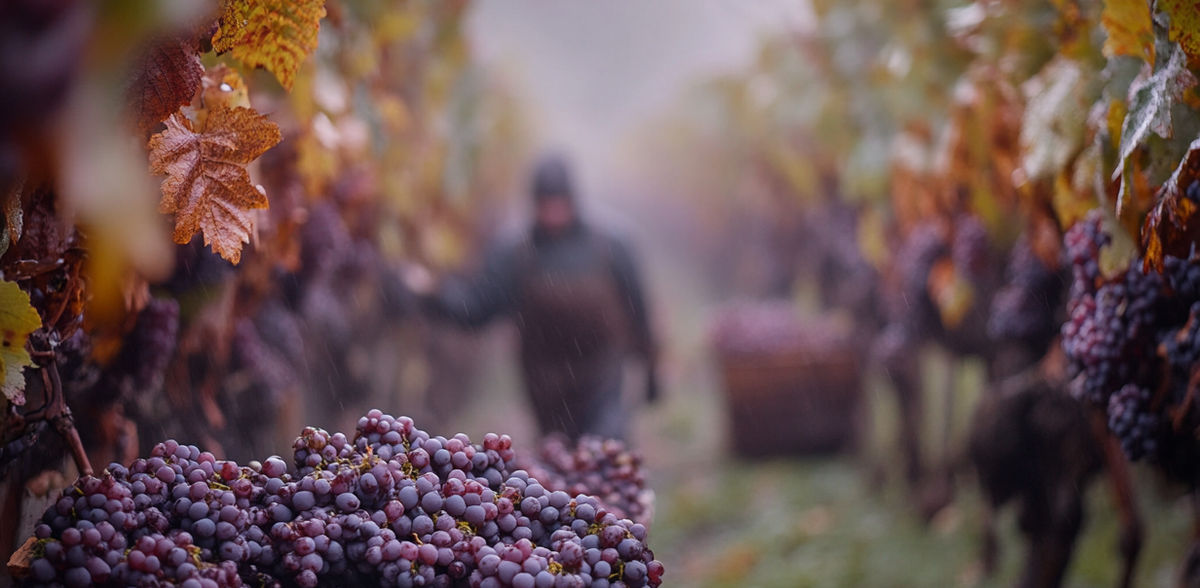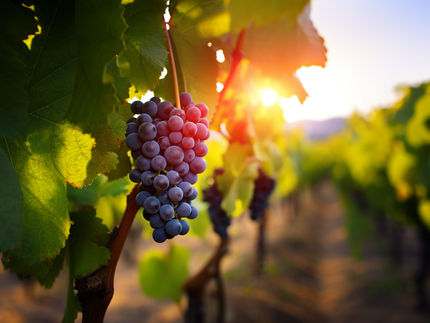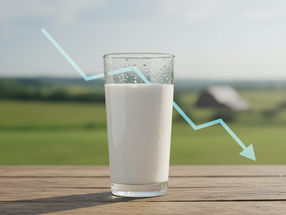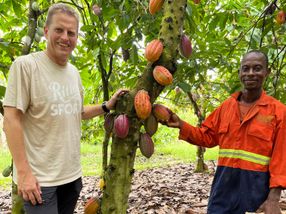Germany: 2024 wine harvest expected to be 4.9% lower than the previous year
Expected to be 3% less Weißer Riesling and 14% less Blauer Spätburgunder than in the previous year
Advertisement
winegrowers in Germany are expecting a significantly lower wine harvest in 2024 than in 2023. According to the Federal Statistical Office (Destatis), based on the estimate as of September 20, 2024, the harvest volume is expected to be 8.26 million hectolitres of wine must. Compared to the 2023 vintage of 8.69 million hectoliters, this would mean a decrease of 4.9%. Compared to the six-year average from 2018 to 2023 (8.91 million hectoliters), the harvest is expected to be around 0.7 million hectoliters or 7.3% lower.
One reason for the decline is that the rainy spring favored the regional occurrence of fungal diseases, in particular downy mildew (Peronospora). In addition, extreme weather events such as late frosts, hail, storms and heavy rainfall damaged the grape harvest regionally.
As in previous years, more than half (59.6%) of the expected total German wine harvest is accounted for by the largest wine-growing regions of Rheinhessen (2.59 million hectolitres) and the Palatinate (2.33 million hectolitres). Just under another quarter (23.3%) is divided between Baden (1.12 million hectoliters) and Württemberg (0.80 million hectoliters). The remaining 17.1% is accounted for by the other wine-growing regions.
Significant declines expected in most wine-growing regions
In many wine-growing regions, yields are expected to fall compared to the previous year. In terms of volume, the declines compared to the previous year are particularly significant in the following wine-growing regions: Mosel (-225,300 hectoliters or -30.7%), Baden (-151,600 hectoliters or -11.9%), Franconia (-124,900 hectoliters or -29.8%), Saale-Unstrut (-34,300 hectoliters or -71.7%), Ahr (-27,800 hectolitres or -65.6 %), Nahe (-27,400 hectolitres or -8.8 %), Württemberg (-24,600 hectolitres or -3.0 %) and Saxony (-21,600 hectolitres or -73.0 %).
Absolute increases in harvest volume compared to 2023 are expected in Rheinhessen (+171,400 hectoliters or +7.1%), the Palatinate (+44,800 hectoliters or +2.0%) and the Rheingau (+6,400 hectoliters or +2.9%).
Expected 3% less Weißer Riesling and 14% less Blauer Spätburgunder than in 2023
According to estimates, 5.65 million hectolitres (68.4%) of the total wine harvest in 2024 will be white must and 2.61 million hectolitres (31.6%) red must. The Mosel (89.8%), Rheingau (85.5%) and Middle Rhine (81.9%) growing regions in particular produce almost exclusively white must.
The harvest volume of Riesling, the most popular German grape variety, is expected to decrease by 59,400 hectolitres to 1.87 million hectolitres in 2024 compared to 2023 (-3.1%). The second and third most important white grape varieties in terms of volume, Müller-Thurgau (983,400 hectolitres, -10.4%) and Pinot Gris (619,000 hectolitres, -11.7%), will both decrease significantly. The harvest volume of the red grape variety Blauer Spätburgunder fell by 14.4% to 798,200 hectoliters, while Dornfelder recorded a slight increase (692,500 hectoliters; +2.3%).
Methodological notes:
The harvest estimates are based on information provided by a limited number of voluntarily reporting winegrowers as of September 20, 2024.
Further information:
More detailed information and further results on the topic of wine can be found on our "Wine" topic page and in tables 41244 and 41253 of the GENESIS-Online database.
Note: This article has been translated using a computer system without human intervention. LUMITOS offers these automatic translations to present a wider range of current news. Since this article has been translated with automatic translation, it is possible that it contains errors in vocabulary, syntax or grammar. The original article in German can be found here.




































































